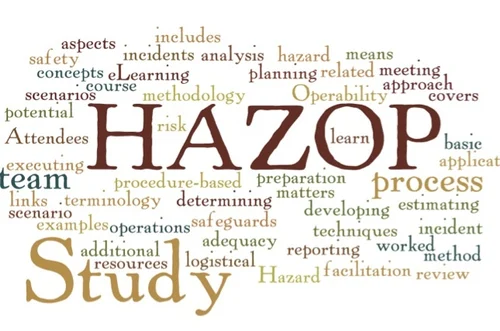Mental Health Considerations in Modern Safety Audits

What is the Role of Mental Health in Workplace Safety?
Mental health plays a crucial role in workplace safety as it directly affects an employee’s ability to focus, make decisions, and respond to hazards. Traditional safety audits often emphasize physical risks, but modern assessments must consider psychological well-being as well. A workforce struggling with stress, anxiety, or burnout may be more prone to errors, leading to increased accidents and reduced productivity.
Key Mental Health Factors Affecting Workplace Safety
-
Stress and Workload – Excessive workload or job insecurity can increase stress, leading to errors and safety lapses.
-
Fatigue and Burnout – Chronic exhaustion reduces alertness and reaction time, making employees more vulnerable to accidents.
-
Workplace Culture – A toxic work environment can impact morale, leading to absenteeism and disengagement.
-
Psychological Safety – Employees must feel safe to report concerns without fear of retaliation.
How Should Mental Health Be Integrated into Safety Audits?
Incorporating mental health considerations into safety audits requires a structured approach that aligns with workplace risk assessments. Organizations should adopt the following strategies:
-
Conduct Mental Health Risk Assessments
Safety audits should include evaluations of workplace stressors such as long working hours, unrealistic performance targets, and exposure to traumatic events. -
Employee Surveys and Feedback Mechanisms
Anonymous surveys can help gauge employees’ mental well-being, identifying concerns before they escalate. -
Assess Workload and Scheduling Policies
Irregular shifts and excessive overtime can contribute to poor mental health. Audits should review scheduling fairness and compliance with labor laws. -
Workplace Ergonomics and Environment
Poor lighting, noise, and overcrowded workspaces can impact stress levels. Ensuring a well-designed workspace promotes better mental well-being. -
Training and Awareness Programs
Employees and managers should receive training on recognizing mental health risks and fostering a supportive work culture.
What Are the Legal and Ethical Considerations?
Employers have a legal and ethical responsibility to ensure a safe working environment. Workplace health and safety regulations now recognize mental well-being as a core component of risk management.
Legal Obligations
-
The Health and Safety at Work Act (UK) mandates employers to protect both physical and mental health.
-
Equality Act 2010 requires reasonable adjustments for employees with mental health conditions.
-
ISO 45003 provides guidelines for managing psychosocial risks at work.
Ethical Responsibilities
Beyond legal compliance, organizations must foster a workplace culture that values mental health. This includes:
-
Encouraging open discussions about mental health.
-
Providing resources such as counseling services.
-
Addressing stigma surrounding mental health concerns.
How Can Organizations Improve Mental Health in Safety Audits?
To ensure mental health is prioritized in safety audits, organizations can implement these best practices:
1. Leadership Commitment
Senior management should actively support mental health initiatives, integrating them into corporate safety policies.
2. Early Intervention Programs
Establishing Employee Assistance Programs (EAPs) and mental health first aiders can help employees seek support before issues escalate.
3. Reducing Workplace Stressors
-
Implementing flexible work arrangements.
-
Ensuring fair task distribution.
-
Encouraging regular breaks and downtime.
4. Reporting and Monitoring Systems
Companies should develop confidential reporting systems where employees can voice concerns about stressors affecting their well-being.
Case Study: Impact of Mental Health on Safety Audits
A UK-based manufacturing company integrated mental health assessments into its routine safety audits. Through employee surveys, they discovered that excessive overtime was causing burnout and increasing error rates. By adjusting shift schedules and implementing well-being programs, they reduced workplace incidents by 30% within a year.
Conclusion
Modern safety audits must evolve beyond traditional physical risk assessments to include mental health considerations. Factors like stress, burnout, and workplace culture directly impact safety, making it crucial for organizations to integrate psychological well-being into their risk management strategies. Employers who prioritize mental health not only enhance workplace safety but also improve employee satisfaction and productivity.
For comprehensive academic support on workplace safety and related legal aspects, students can explore Law Assignment Help UK. Similarly, those seeking assistance with research and writing can benefit from Dissertation Help UK. For broader academic support, students can visit Do My Assignment Online UK to ensure high-quality submissions.







